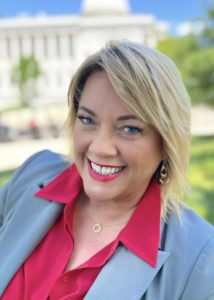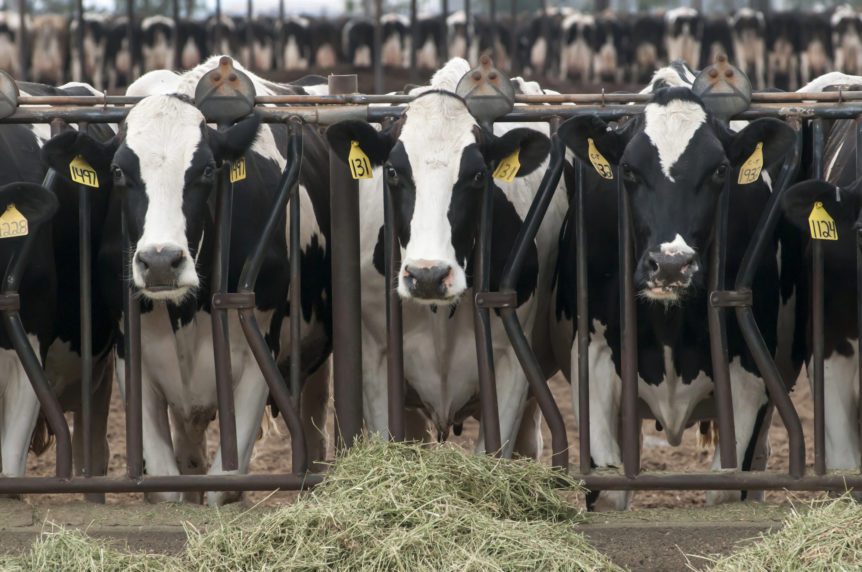
California’s dairy industry is facing a growing threat from the spread of H5Nx, a highly pathogenic avian influenza (HPAI) strain that has crossed over to mammalian species, including cattle. As of this month, California, the nation’s largest dairy-producing state, has reported 41 dairies testing positive for the virus, with expectations that more cases will follow. This new chapter in the outbreak highlights the virus’s capacity to adapt and affect multiple species, making it a pressing concern for epidemiologists and dairy operators alike.
Dr. Kay Russo, a veterinarian and founder of RSM Consulting, recently discussed the issue in a webinar, underscoring the urgency for dairy farmers to take proactive measures. According to Russo, the virus initially emerged in cattle in Texas before spreading to states like Michigan and Idaho. Now concentrated in California, epidemiologists are racing to investigate how the virus spreads between and within dairy operations. Dr. Jason Lombard, an epidemiologist from Colorado State University working with the USDA, has been conducting investigations to help uncover the virus’s pathways. While he has made strides in Michigan, he is actively seeking dairy operations in California to further his research.
“Getting ahead of this virus is critical,” Russo explained. “The data so far indicates that cattle may be infected well before showing any clinical signs. By the time mastitis or other symptoms appear, it’s often too late.”
The risk for dairy herds is compounded by the proximity of dairy farms to poultry operations. While the virus behaves differently in cattle, acting more like a low-pathogenic strain in contrast to its deadly effects on poultry, biosecurity remains paramount. Russo emphasized that many dairy farms lack the biosecurity measures needed to prevent the virus from taking hold, and improving this will be a crucial first step in protecting herds.
Biosecurity, she said, covers a range of practices, from controlling worker movement between farms to ensuring clean clothing and equipment. Workers who move between poultry and dairy farms are one potential link in the virus’s spread. Russo recommended that farms institute farm-specific clothing and hygiene protocols to minimize risk.

Sabrina Halvorson
National Correspondent / AgNet Media, Inc.
Sabrina Halvorson is an award-winning journalist, broadcaster, and public speaker who specializes in agriculture. She primarily reports on legislative issues and hosts The AgNet News Hour. She was recently named the 2024 Farm Broadcaster of the Year by the National Association of Farm Broadcasting and serves as a Council Member on the World Agriculture Forum. Sabrina is a native of California’s agriculture-rich Central Valley and now divides her time between California and North Dakota.










